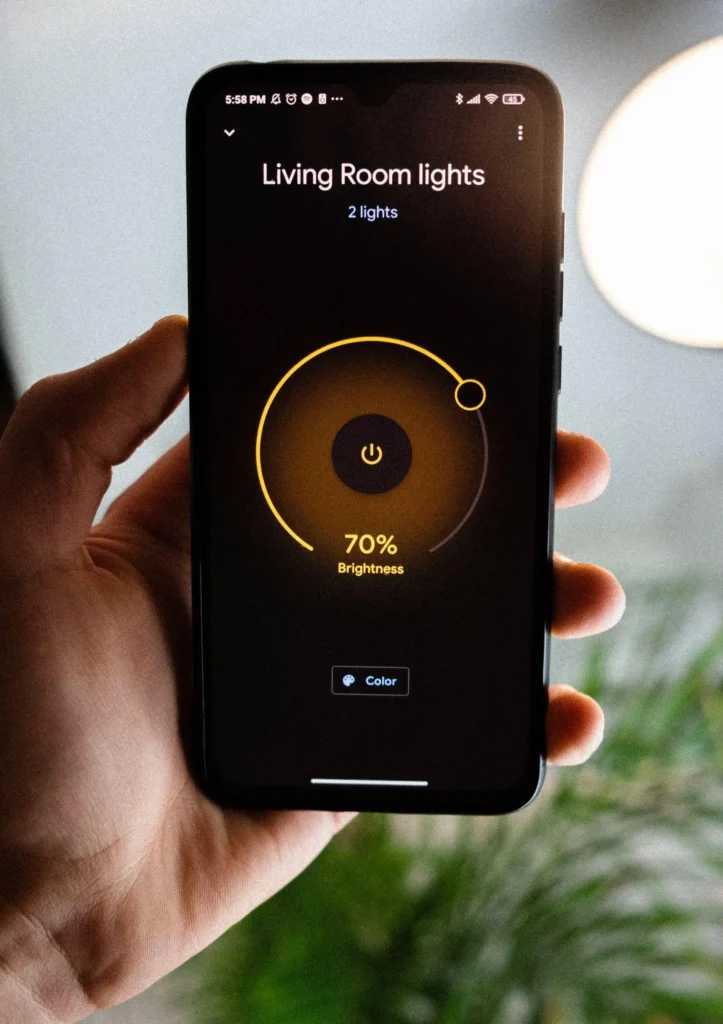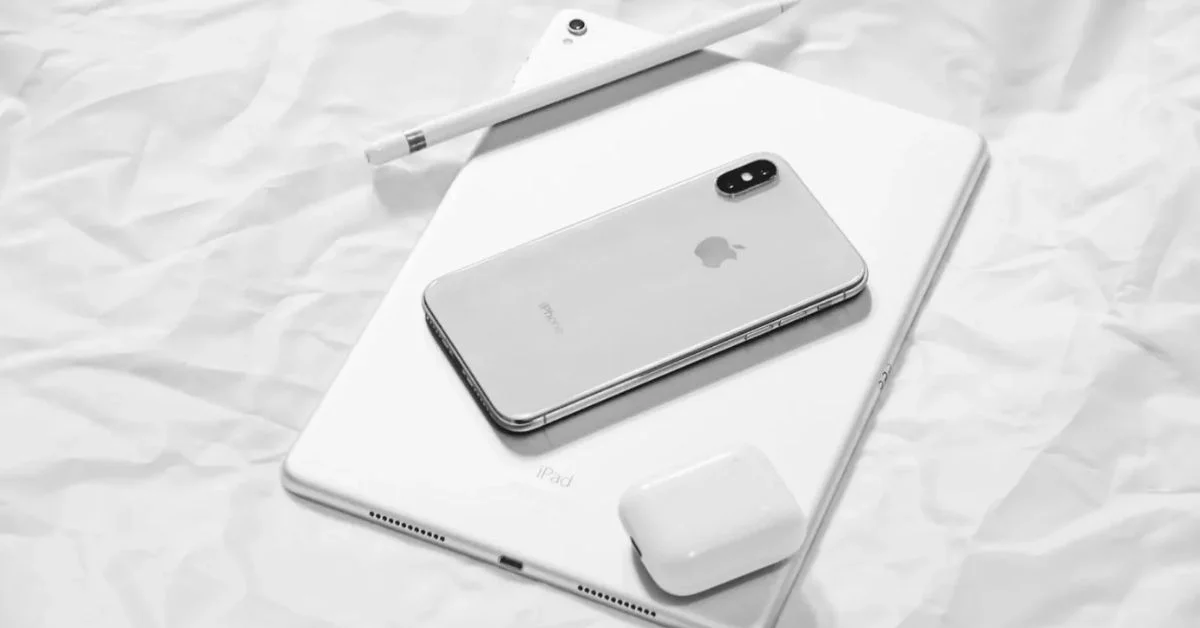The concept of a smart home has transformed from a futuristic dream to a tangible reality in recent years, and Apple has emerged as a key player in this domain. Apple’s ecosystem is known for its seamless integration and user-friendly interface, which extends into home automation. The Apple Home system offers a plethora of opportunities for enhancing everyday life, and you are about to learn all about them.
If you own an Apple smartphone, you have an entire digital world at your fingertips. This powerful microcomputer allows you to perform almost any online task, such as controlling your smart home using Apple Home. Whatever you can imagine, you can likely accomplish with your Apple handset. This article delves into Apple Home, exploring its setup process, capabilities, and more.
Understanding Apple Home
HomeKit, better known as Apple Home, is the core of Apple’s home automation, the framework for controlling smart home products. Apple introduced Apple Home in iOS 8, allowing users to directly control compatible devices such as cameras, lights, locks, and thermostats from their Apple device. Apple Home’s significance has grown with the rise of the Internet of Things (IoT), providing a secure and unified platform to manage smart home devices.
As you would expect from Apple, setting up the HomeKit is remarkably straightforward. After downloading the Home app on your iPhone, iPad, or Mac, you can add devices by canning their HomeKit setup code. Once added, you can organize these devices by rooms or zones for easy access. In addition, it is possible to integrate Siri, Apple’s virtual assistant, which enables voice control for all your smart devices, such as asking Siri to turn on the lights in your living room or setting the thermostat to warm your home before you return from work.
A World of Devices Compatible with HomeKit

The list of HomeKit-compatible devices is vast and growing at an alarming rate. Apple is one of the biggest names, if not the biggest, in technology, so smart product developers always prioritize ensuring their products work seamlessly with Apple Home.
Smart lights, like LIFX and Philips Hue, can control brightness, color, and schedule from your Apple device. You can create a cozy mood by dimming the lights and making their glow warmer or turning them on at predefined times of the day (or even at random). The latter is perfect if you are away from your home but want to give the impression that someone is at your property.
Thermostats are another popular smart home device for obvious reasons. Devices like Ecobee and Honeywell Lyric allow you to adjust your home’s temperature efficiently. They can help you save a small fortune by adjusting the temperature when needed. For example, you can turn on your heating system via Apple Home as you start your journey home instead of leaving the heating on all day or returning home to a cold house and waiting for it to heat up.
Integrating cameras and smart locks is another feature of the Apple HomeKit system. You can view camera footage from your device and ensure all your doors and windows are locked. Such security features offer peace of mind.
Creating Automation and Scenes
While controlling smart home devices with a tap or swipe of a finger is great, automating your devices makes your home truly smart. You can create automations and scenes with HomeKit, actions that your devices perform under certain conditions. For example, you can turn your lights on automatically at sunset or control multiple devices with a single command, such as dimming the lights and setting a temperature for movie night.
Creating scenes via the Home app is a simple step-by-step process. Integrating Siri, you could create a scene where all your lights turn off, your doors lock, and the thermostat lowers when you say, “Hey Siri, goodnight.”
Integrating with the Larger Ecosystem and the Future
Every Apple user knows devices are compatible with one another, and this extends to the Apple HomeKit. You can connect your Apple TV or Apple Watch to the Home app, giving you more flexibility in controlling your smart devices.
Apple is renowned for innovation, so the future of Apple Home is exciting. Improvements in sensors are making it possible to create scenes and automation for when the last person leaves your home. Furthermore, an increasing number of devices are “becoming smart,” including coffee machines and ovens. Imagine waking each morning to a warm house, the lights are on but not too bright to dazzle you, the coffee machine has brewed, and your favorite music is playing in the background. It sounds like heaven!
Challenges and Considerations
As with most things technologically advanced, the costs of Apple-controlled smart devices are substantial. For example, a single Philips Hue bulb capable of changing color costs upwards of $70. My living room light fitting has five bulbs, so that would be $350 for bulbs for this room.
Furthermore, having a home wholly controlled by Apple Home sounds excellent, but what if https://www.mytopsportsbooks.com/guide/betting-basics/odds-explained/you experience connectivity issues or power outages? Those smart devices have suddenly become expensive “normal” devices.
Conclusion
Apple Home represents a significant leap forward in interacting with our living spaces. By integrating this state-of-the-art technology into our daily routines, we simplify tasks, save time and effort, and enhance our home’s security, comfort, and efficiency.
The beauty of Apple’s approach to this developing industry lies in its simplicity and focus on privacy, which ensures that even those new to smart home technology can confidently dive into this exciting world.
Apple Home allows you to enhance your living space, and the only limitations are the ingenuity and vision of Apple. It is an exciting time for homeowners and technology enthusiasts alike.









